Contenido
- 1 Introducción:
- 2 Foundations of Fun: Exploring the Basics of Engineering Kits for Teens
- 3 Bridging Minds: How Engineering Kits for Teens Foster Learning
- 4 Skill Set Sail: Developing Essential Skills with Engineering Kits
- 5 Digital Dimensions: Engineering Kits in the Digital Age
- 6 Success Stories: Inspiring Achievements with Engineering Kits
- 7 Making the Right Choice: Tips on Selecting the Perfect Engineering Kit
- 8 Safety and Supervision: Ensuring a Safe Learning Experience with Engineering Kits
- 9 Beyond the Kit: Further Resources and Learning Opportunities
- 10 Conclusión:
- 11 Preguntas frecuentes:
Introducción:
Embark on an enlightening journey into the realm of Engineering Kits tailored explicitly for the curious and creative minds of teenagers. In today’s rapidly evolving technological landscape, these kits are not just tools for learning; they represent gateways to the fascinating world of engineering, blending theory with hands-on practice.
Rich with potential and variety, these engineering kits bridge youthful curiosity and severe technological understanding. They offer a perfect blend of learning and enjoyment, making them an indispensable part of modern Educación STEM. From delving into the mechanics of robotics to unraveling the mysteries of renewable energy and digital technology, these kits cover various engineering disciplines.
Crafted to ignite a passion for engineering and enhance critical problem-solving skills, these kits provide an immersive experience. They are designed to challenge and engage teens, encouraging them to think like engineers. The kits offer a hands-on approach to learning that goes beyond traditional classroom boundaries, fostering an environment where innovation and creativity flourish.
By introducing teens to the practical aspects of engineering through these kits, we’re preparing them for a future that is increasingly dependent on technological proficiency. They experience the thrill of building and creating, which can be a powerful motivator in their educational journey. These experiences are often the first steps toward a fulfilling career in engineering or technology.
As we dive into the world of Engineering Kits for Teens, we invite you to explore educational platforms y STEM resources that showcase the diversity and depth of these kits. These resources are treasure troves of information, offering insights into how engineering kits can shape the minds and futures of jóvenes estudiantes.
Join us in this exploration as we unravel how these engineering kits are not just building projects but are building futures, inspiring the next generation of engineers, innovators, and thinkers.

Foundations of Fun: Exploring the Basics of Engineering Kits for Teens
Kit Components: An Overview
- What’s Inside: Delve into the typical components found in engineering kits for teens. From essential mechanical parts like gears and levers to electronic elements like circuits and sensors, these kits are packed with tools that enable teens to build and experiment.
- Understanding the Basics: Explain how these components are not just puzzle pieces but fundamental to understanding basic engineering principles. This section will highlight how each part contributes to the overall learning experience.
Types of Kits: Diversity and Focus
- Variety in Engineering: Explore the wide range of available engineering kits, each focusing on different aspects. From mechanical and civil engineering kits to those centered around robotics and renewable energy, the variety caters to diverse interests and skill levels.
- Tailored Learning Experience: Discuss how each type of Kit offers a unique learning experience. Whether it’s designing a bridge, building a robot, or creating an electrical circuit, these kits allow teens to explore specific areas of engineering in depth.
This section aims to give readers an insightful overview of the fundamental components of engineering kits and the diverse types available. Understanding what these kits entail and the variety of focus areas they cover is crucial for teens, parents, and educators to make informed choices about which kits align best with their interests and educational goals.
Bridging Minds: How Engineering Kits for Teens Foster Learning
Real-world Connections
- From Concept to Application: Explore how engineering kits bridge academic theories and real-world engineering challenges. For instance, teens engaging with robotics kits not only learn about automation but also understand its practical applications in industries, much like the advanced robotics projects featured on platforms dedicated to STEM learning.
- Inspiring Future Careers: Highlight how these kits can spark interest in various engineering fields. For example, the hands-on experience with renewable energy kits can ignite a passion for sustainable technologies, similar to the innovative projects showcased on educational STEM websites.
Creatividad e innovación
- Nurturing Inventive Thinking: Discuss how engineering kits encourage teens to develop unique solutions and designs. By experimenting with different components and structures, they learn to approach problems creatively, much like the dynamic engineering projects found in interactive STEM educational resources.
- Broadening Educational Horizons: Emphasize how these kits extend learning beyond traditional classroom boundaries. They open up a world of possibilities, from building intricate civil engineering models to exploring digital electronics, reflecting the diverse range of projects and kits available on comprehensive STEM education platforms.
This section focuses on demonstrating the practical and real-world relevance of engineering kits for teens. Drawing parallels with real-world applications and innovative projects similar to those found on specialized STEM educational websites, this part of the article aims to illustrate the valuable role these kits play in educating and inspiring young minds toward a future in engineering.
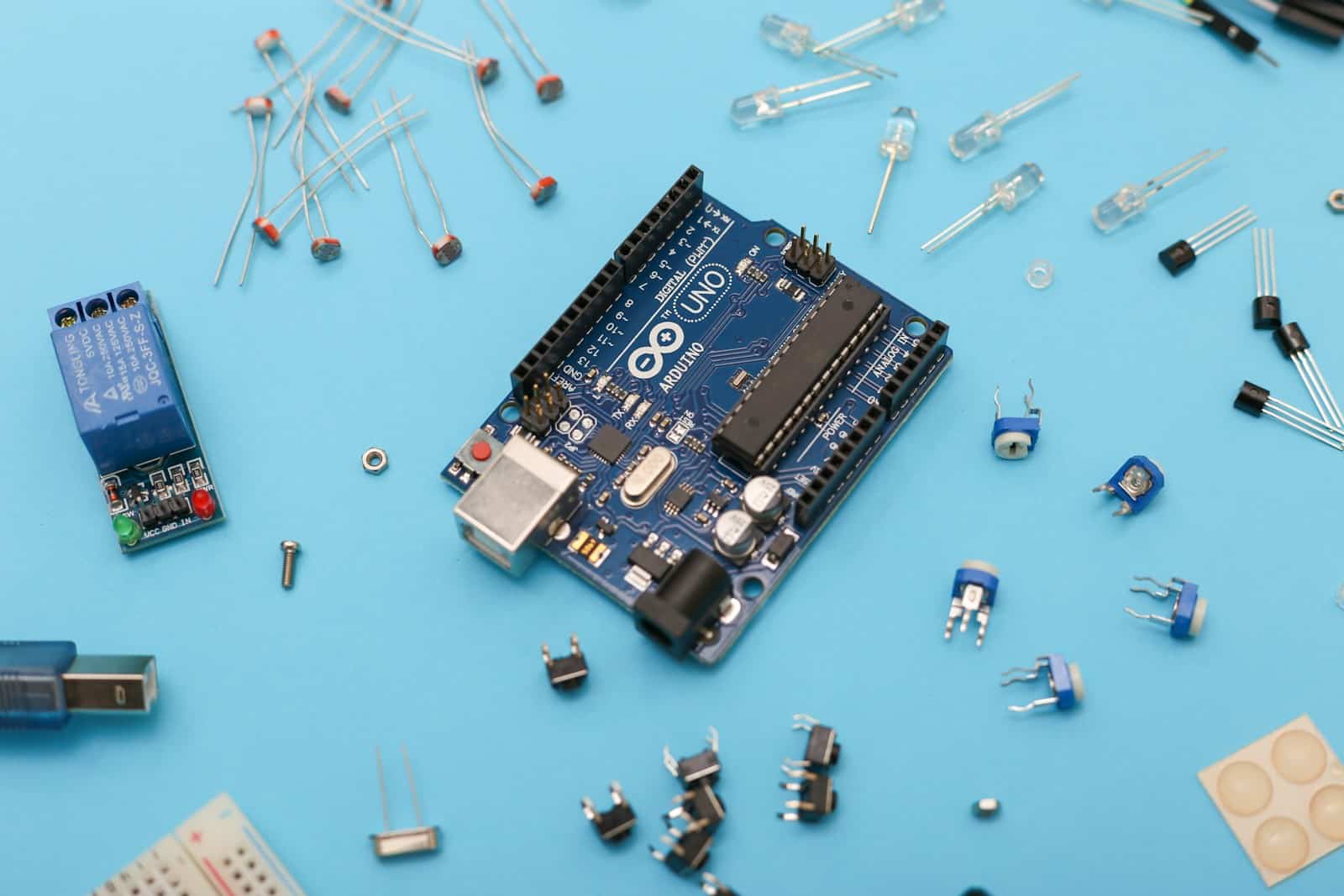
Skill Set Sail: Developing Essential Skills with Engineering Kits
Hands-on Learning
- Practical Skill Development: Examine how engineering kits provide hands-on learning experiences, allowing teens to build and experiment physically. These experiences are crucial in developing valuable skills often not emphasized in traditional classroom settings.
- From Theory to Practice: Highlight how these kits help teens tangibly apply theoretical knowledge. For instance, constructing a mechanical device from a kit reinforces lessons in physics and mechanics, making abstract concepts more concrete and understandable.
Critical Thinking
- Analytical Skills: Discuss how engineering kits challenge teens to think critically. They require problem identification, hypothesis formulation, and testing, critical components of scientific inquiry and engineering design processes.
- Innovative Problem Solving: Illustrate how these kits encourage innovative thinking. Teens learn to approach problems from different angles, developing solutions that are both creative and functional, mirroring the kind of innovative problem-solving seen in advanced engineering fields.
In this section, the aim is to shed light on the vital skills that teens develop while working with engineering kits. These kits enhance hands-on practical skills and promote critical thinking and problem-solving abilities. By engaging in these activities, teens are not just learning about engineering; they are honing skills that will be invaluable in any future career path, particularly in STEM fields.
Digital Dimensions: Engineering Kits in the Digital Age
Tech-Integrated Kits
- Embracing Modern Technology: Focus on how engineering kits have evolved to include digital and technological components, reflecting the advancements in the engineering field. These kits may consist of programmable elements, sensors, and even interfaces with computer software or apps, offering a more comprehensive understanding of modern engineering.
- Preparing for a Tech-Driven Future: Discuss how this technology integration prepares teens for the future. In a world increasingly dominated by technology, familiarity with these elements in engineering kits equips teens with the skills and confidence to navigate and innovate in a tech-centric world.
Preparing for Tomorrow
- Skills for the Future: Highlight how working with tech-integrated engineering kits helps develop skills critical for future success, such as coding, digital literacy, and an understanding of emerging technologies like AI and IoT (Internet of Things).
- Encouraging Adaptability and Lifelong Learning: Emphasize the importance of adaptability and continuous learning in the digital age. Teens learn to adapt to new technologies and concepts, fostering a mindset essential for staying relevant and innovative in a rapidly changing world.
This part of the article focuses on how engineering kits for teens are keeping pace with the digital revolution, incorporating modern technology to provide a more relevant and future-focused learning experience. By equipping teens with skills in digital literacy and technology integration, these kits are not just educational tools but are gateways to future career paths in the ever-evolving world of engineering and technology.

Success Stories: Inspiring Achievements with Engineering Kits
Young Innovators
- Inspiration through Real Examples: Share stories of teenagers who have achieved remarkable feats using engineering kits. These narratives could include teens who have created innovative projects, won science fairs, or even started their tech ventures, demonstrating the real-world impact and potential of skills gained from these kits.
- From Projects to Passions: Discuss how these experiences ignite a lifelong passion for engineering and technology. Emphasize how early exposure to practical engineering concepts through these kits can shape career aspirations and academic choices.
From Kit to Career
- Bridging Hobbies and Professional Aspirations: Highlight how working with engineering kits can be a stepping stone to professional careers in engineering and related fields. These stories can motivate teens, showing how hobbies and interests can evolve into rewarding careers.
- Long-term Impact: Discuss the long-term benefits of engaging with engineering kits, such as developing a solid foundation in STEM, enhancing problem-solving skills, and fostering an innovative mindset, all highly valued in the professional world.
In this section, the focus is on showcasing the tangible successes and long-term impacts that engineering kits can have on teens’ lives. Through inspiring stories and real-life examples, the aim is to illustrate how these kits are more than just educational tools—they are catalysts for personal growth, professional development, and a future rich in possibilities within the engineering and technology sectors.
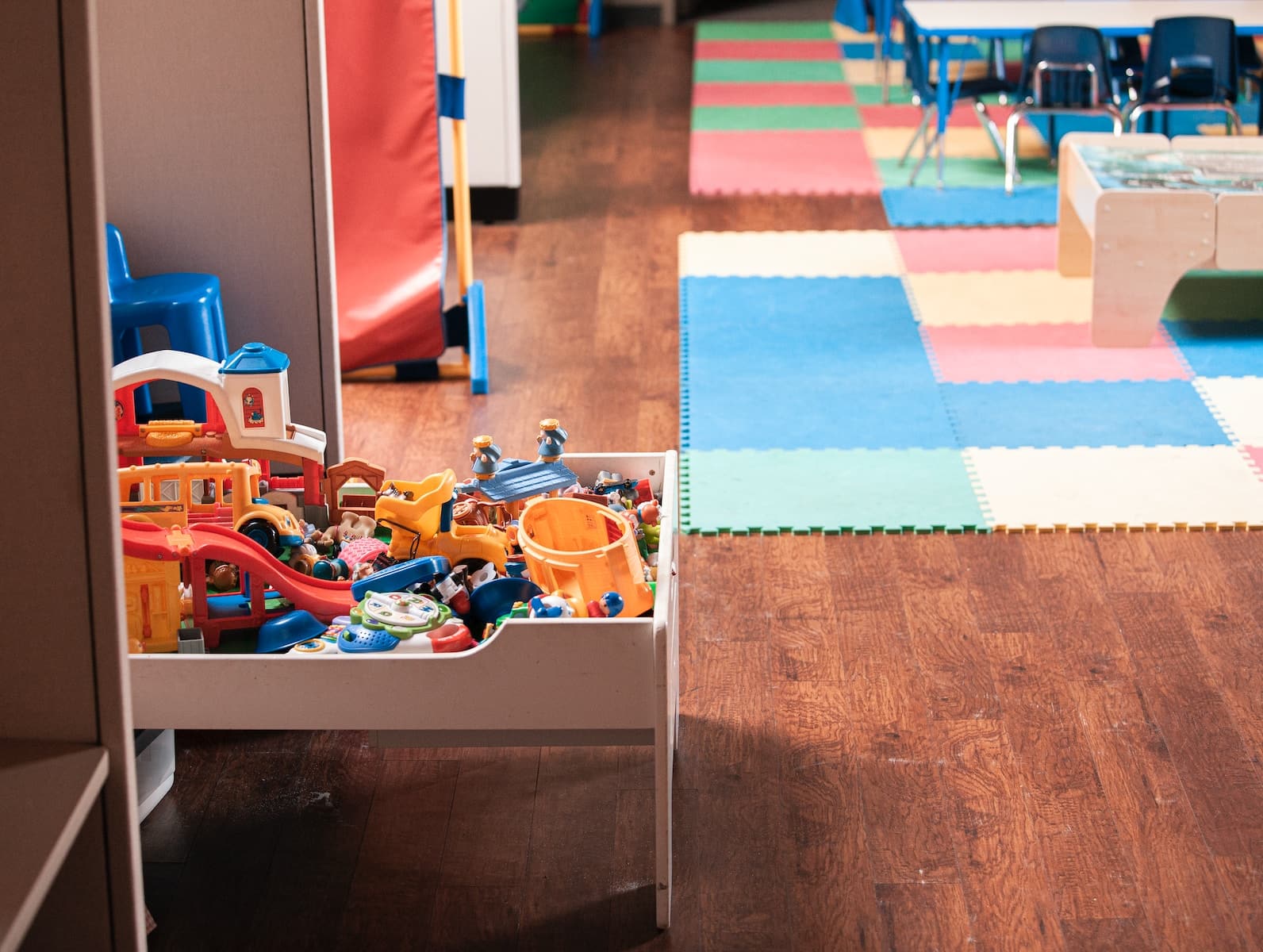
Making the Right Choice: Tips on Selecting the Perfect Engineering Kit
Selecting the correct engineering kit for a teenager isn’t just about picking a box off the shelf. It’s about understanding the teen’s interests, their level of expertise, and the skills they are eager to develop. Here’s how to make an informed choice that ignites passion and fosters learning:
Considering Age and Skill Level
- Match the Kit to the Teen’s Abilities: Choose a kit that aligns with the teen’s current skill level. For beginners, simpler kits that introduce basic principles are ideal. For those with more experience, look for advanced kits that offer more challenging projects.
- Growth Potential: Opt for kits that offer room for growth. Kits that can be expanded or have more advanced projects available provide a continuing learning journey, keeping teens engaged as their skills develop.
Aligning with Interests and Educational Goals
- Cater to Specific Interests: Whether it’s robotics, renewable energy, or mechanical engineering, select a kit that aligns with the teen’s specific areas of interest. This ensures that the learning experience is both enjoyable and relevant.
- Educational Value: Consider kits that complement the teen’s academic curriculum or future career aspirations. Kits that offer real-world applications or problem-solving scenarios can provide practical knowledge and skills valuable for future endeavors.
Quality and Longevity
- Durable and Safe Components: Ensure the Kit is made from high-quality materials. It should withstand repeated use, allowing teens to experiment and learn without worrying about breakage.
- Reputable Brands and Reviews: Research brands and read reviews. Look for companies specializing in educational toys with a track record of producing reliable and educational engineering kits. Websites like STEM education platforms often provide thoughts and insights into various kits, helping you make a well-informed decision.
Selecting the perfect engineering kit is crucial in a teenager’s STEM education journey. The right Kit can significantly influence their understanding and enjoyment of engineering concepts, potentially shaping their academic and career choices in the future. By considering these factors, parents and educators can ensure that they choose a kit that educates and inspires.

Safety and Supervision: Ensuring a Safe Learning Experience with Engineering Kits
When introducing engineering kits to teens, safety is a paramount concern. While educational and engaging, these kits often contain small parts, electronic components, and tools that require careful handling. Here’s how to ensure a safe and productive learning experience:
Emphasizing Safety in Kit Selection
- Choosing Age-Appropriate Kits: It’s essential to select kits appropriate for the teen’s age and maturity level. Kits designed for older teens may contain more complex components or require tools that younger teens might need to be ready to handle safely.
- Quality Matters: Look for kits that adhere to safety standards. High-quality materials and well-designed components reduce the risk of accidents and ensure durability.
The Role of Adult Supervision and Guidance
- Guided Learning: Especially for younger teens or those new to engineering concepts, adult supervision is crucial. Guiding them through the initial stages of a project can help them understand how to use the tools and components safely.
- Fostering Independence: As teens become more comfortable and skilled, they can take on more complex projects with less supervision. However, it’s essential for an adult to be available for guidance or in case of questions or concerns.
Creating a Safe Workspace
- Dedicated Area: Set up a specific area for working on engineering projects. This space should be well-lit, free of distractions, and have all necessary safety equipment, like protective eyewear or gloves if needed.
- Organized and Clean: Keeping the workspace organized and clean can prevent accidents. Encourage teens to store tools and components properly when not in use.
Learning Safe Practices
- Understanding the Tools: Before starting, ensure that teens understand how to safely use any tools included in the Kit.
- Encouraging Responsible Habits: Teach teens to inspect their equipment and work area for potential hazards before beginning any project. Developing these habits early can help prevent accidents and instill a lifelong respect for safety.
This section focuses on the importance of safety when engaging with engineering kits. By considering these safety tips and supervising the learning process, parents and educators can ensure that teens enjoy their engineering projects and learn in a safe and responsible environment. This approach to safety in STEM learning helps lay the foundation for reliable and informed handling of engineering and technical tasks in the future.

Beyond the Kit: Further Resources and Learning Opportunities
Engineering kits for teens open doors to a broader world of learning and exploration. While the kits themselves provide a great starting point, numerous resources and communities are available to enrich the learning experience further.
Online Resources for Extended Learning
- Educational Platforms: Direct teens to online educational platforms that offer tutorials, courses, and additional project ideas that complement their engineering kits. These platforms can provide in-depth knowledge in specific areas like robotics, coding, or mechanical engineering.
- Virtual Communities: Encourage teens to join online forums or communities focused on engineering and technology. These communities can be a great source of inspiration, provide support, and offer a platform to share projects and receive feedback.
Engaging with Local Engineering Communities and Events
- Local Workshops and Clubs: Investigate local engineering clubs, workshops, or maker spaces where teens can collaborate on projects, learn new skills, and share their passion with like-minded peers. These spaces often offer access to tools and resources that might not be available at home.
- Competitions and Science Fairs: Participating in engineering-related competitions or science fairs can provide an exciting challenge. These events inspire creativity and problem-solving and offer an opportunity to showcase their work and gain recognition.
Encouraging Continuous Exploration
- Beyond the Kit: Remind teens that engineering kits are just the beginning. Please encourage them to experiment with their ideas, perhaps by integrating kit components with other materials or technology they have at home.
- Lifelong Learning: Promote the mindset of continuous learning and curiosity. The engineering world is constantly evolving, and staying engaged with new developments and technologies is crucial for anyone interested in pursuing a career in this field.
This part of the article focuses on expanding the learning horizon beyond the engineering kits. By exploring additional resources and engaging with the broader engineering community, teens can further develop their skills and passion for engineering. These experiences enhance their current projects and prepare them for futuro educativo y oportunidades profesionales en el vasto y apasionante campo de la ingeniería.
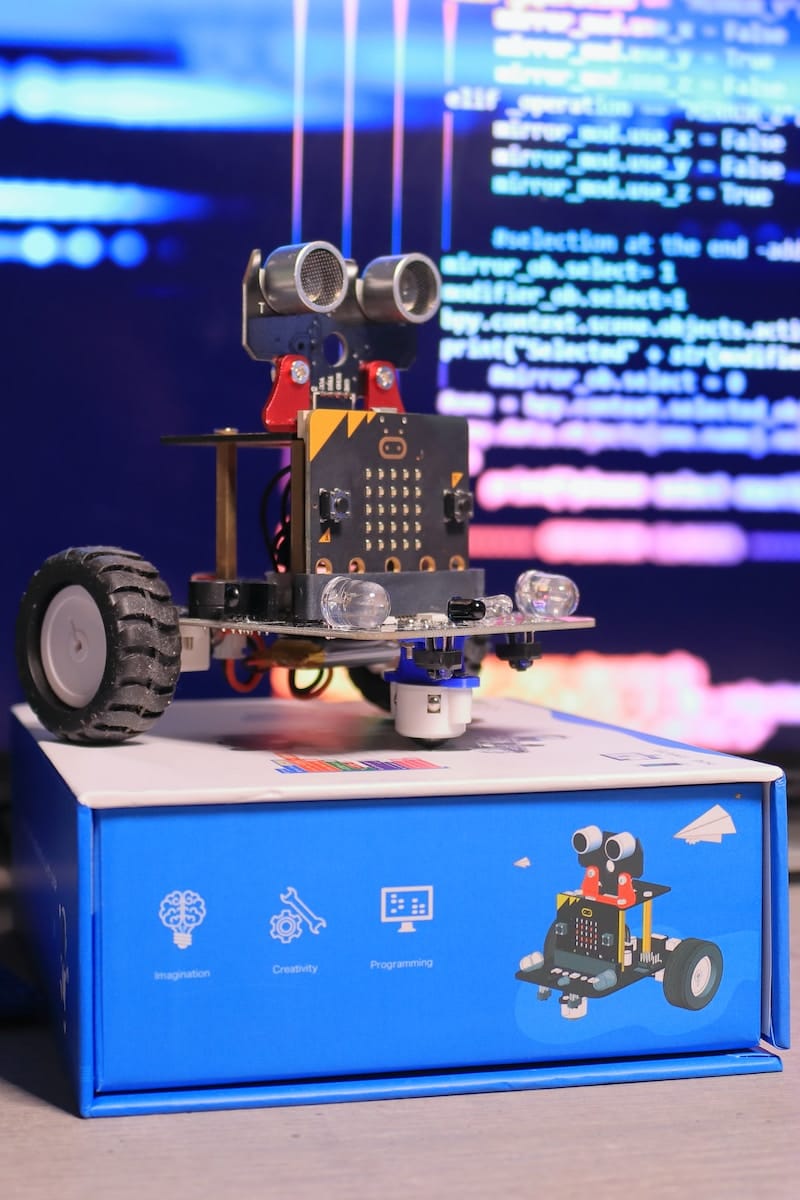
Conclusión:
El viaje a través del mundo de los kits de ingeniería para adolescentes revela un paisaje rico en oportunidades de aprendizaje, creatividad e innovación. Estos kits son más que herramientas educativas; son catalizadores de inspiración que abren las puertas a un futuro en el que los alumnos de hoy se convierten en los líderes de la ingeniería del mañana.
Reflexión sobre el viaje
- Recapitulación de prestaciones: Repasar los principales beneficios de los kits de ingeniería, desde el desarrollo de habilidades prácticas y pensamiento crítico hasta fomentar la pasión por STEM temas. Estos kits sientan las bases para comprender conceptos complejos de ingeniería de forma atractiva y práctica.
- Potenciar las mentes jóvenes: Destaque cómo estos kits capacitan a los adolescentes dándoles las herramientas y la confianza para explorar, crear e innovar. La experiencia adquirida trabajando con estos kits puede despertar un interés permanente por la ingeniería y la tecnología.
Una llamada a construir y explorar
- Fomentar la exploración: Inste a los adolescentes, padres y educadores a adoptar estos kits de ingeniería como recursos educativos y como puertas de entrada a la exploración y el descubrimiento del vasto mundo de la ingeniería.
- Construir vías de futuro: Destacar el papel de estos kits en la formación de futuras trayectorias profesionales. Estos kits pueden ser el primer paso hacia una carrera en diversos campos de la ingeniería al proporcionar una comprensión práctica de los principios de la ingeniería.
De cara al futuro
- El futuro de la enseñanza de la ingeniería: Contemplar la evolución del panorama de la ingeniería educación y el papel que desempeñarán estos kits en él. A medida que avance la tecnología, estos kits seguirán adaptándose, ofreciendo experiencias de aprendizaje aún más sofisticadas e inmersivas.
- Innovación y aprendizaje continuados: Fomente una mentalidad de aprendizaje y adaptación continuos. El campo de la ingeniería está en constante cambio, y mantenerse al tanto de los nuevos avances, tecnologías y herramientas de aprendizaje será esencial para los ingenieros del mañana.
Para concluir nuestra exploración, está claro que los kits de ingeniería para adolescentes tienen un valor incalculable a la hora de moldear las habilidades, los intereses y las futuras trayectorias de los jóvenes estudiantes. Al utilizar estos kits, los adolescentes no sólo aprenden ingeniería, sino que se embarcan en un viaje de empoderamiento, creatividad y desarrollo profesional futuro. Este viaje con los kits de ingeniería es sólo el principio de lo que promete ser una emocionante y gratificante exploración del mundo de la ingeniería y la tecnología.
Preguntas frecuentes:
¿Cuáles son los beneficios educativos de trabajar con kits de ingeniería?
- Mejora de las competencias STEM: Kits de ingeniería son fundamentales para reforzar las competencias STEM (Ciencia, Tecnología, Ingeniería y Matemáticas). Ofrecen aplicaciones prácticas de conceptos teóricos, haciendo que el aprendizaje sea más atractivo y eficaz.
- Desarrollo de la capacidad de resolución de problemas: Estos kits desafían a los adolescentes a pensar de forma crítica y a resolver problemas, habilidades que resultan inestimables tanto en situaciones académicas como en el mundo real.
- Fomentar la creatividad y la innovación: Al trabajar en diversos proyectos, los adolescentes aprenden a abordar los problemas de forma creativa, lo que puede suscitar ideas y soluciones innovadoras.
¿Cómo se relacionan los kits de ingeniería con el plan de estudios?
- Complementar el aprendizaje académico: Muchos kits de ingeniería están diseñados para ajustarse a los planes de estudios escolares, reforzando los conceptos de clase. Proporcionan una forma práctica de comprender y aplicar lo aprendido en física, matemáticas y tecnología.
- Colmar las lagunas en el aprendizaje: Estos kits también pueden abarcar áreas poco exploradas en la enseñanza tradicional, ofreciendo una comprensión más amplia de la ingeniería y la tecnología.
¿Qué marcas o empresas de renombre ofrecen kits de ingeniería para adolescentes?
- Marcas reconocidas en educación STEM: Varias marcas conocidas están especializadas en kits de ingeniería para adolescentes. Busca empresas con una sólida reputación de calidad y valor educativo. La investigación y las reseñas en sitios web educativos pueden proporcionar información sobre las mejores opciones disponibles.
- Calidad e innovación: Las marcas que innovan continuamente y actualizan sus kits para incluir los últimos avances tecnológicos son una buena elección, ya que ofrecen las experiencias de aprendizaje más actuales y relevantes.
¿Cómo pueden padres y educadores apoyar el aprendizaje mediante kits de ingeniería?
- Orientación y estímulo: Los padres y educadores pueden guiar a los adolescentes de forma significativa a través de los proyectos, ofreciéndoles apoyo y ánimo. Esta implicación puede mejorar la experiencia de aprendizaje.
- Crear un entorno de aprendizaje propicio: La creación de un espacio dedicado al trabajo con los kits y el suministro de los recursos y herramientas necesarios pueden ayudar significativamente al proceso de aprendizaje.
- Facilitar el debate y la exploración: Fomente los debates sobre los proyectos y los conceptos aprendidos. Esto no sólo refuerza el aprendizaje, sino que anima a los adolescentes a seguir explorando.
¿Existen comunidades o plataformas en línea para adolescentes interesados en los kits de ingeniería?
- Comunidades virtuales de aprendizaje: There are many online platforms and communities where teens can share their projects, seek advice, and connect with like-minded peers. These communities can be found on educational websites, social media groups, and forums dedicated to STEM education.
- Oportunidades de aprendizaje colaborativo: Estas plataformas suelen ofrecer proyectos de colaboración, concursos y retos que pueden mejorar aún más la experiencia de aprendizaje y exponer diferentes aspectos de la ingeniería y la tecnología.

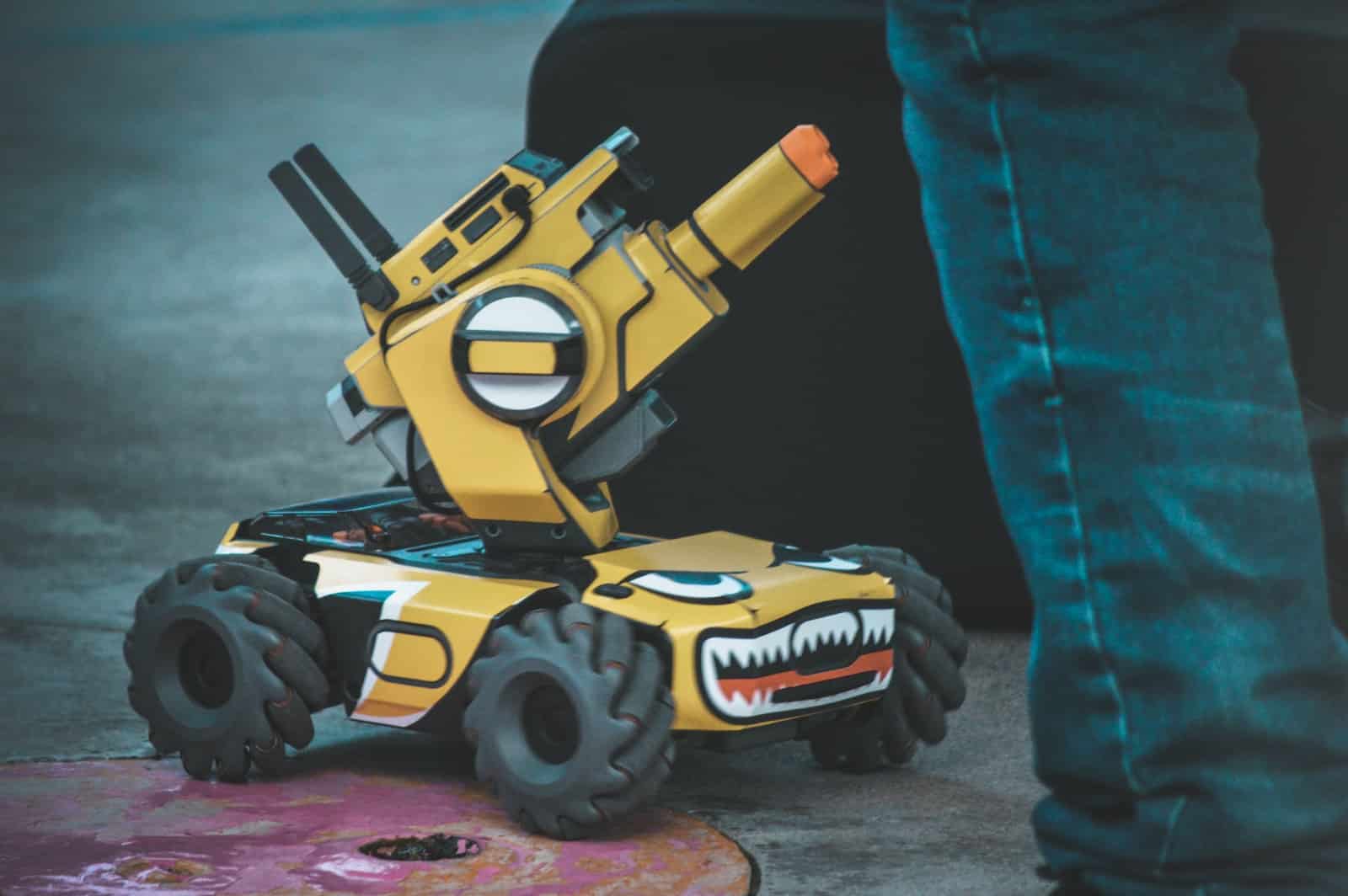
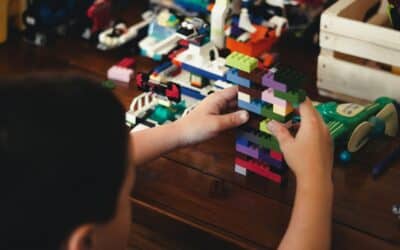
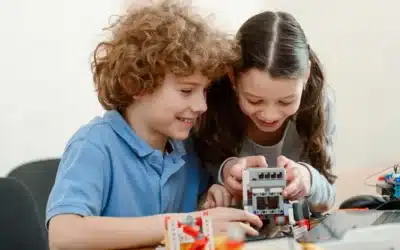

0 comentarios